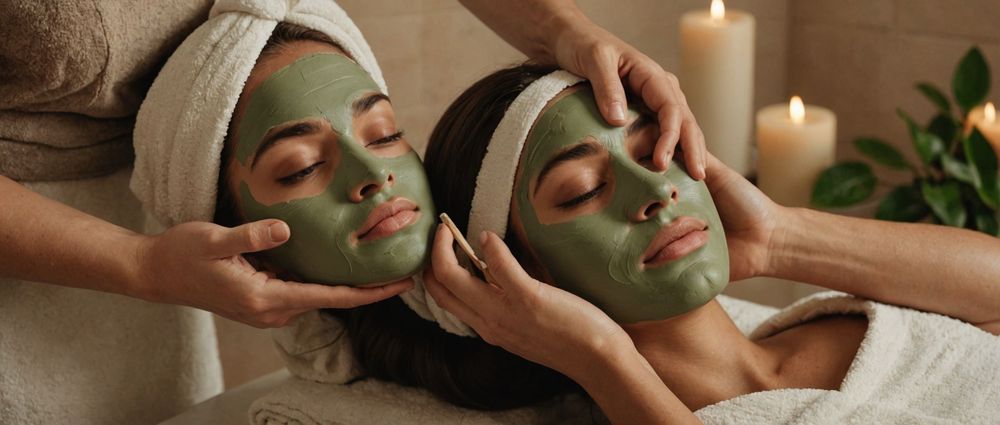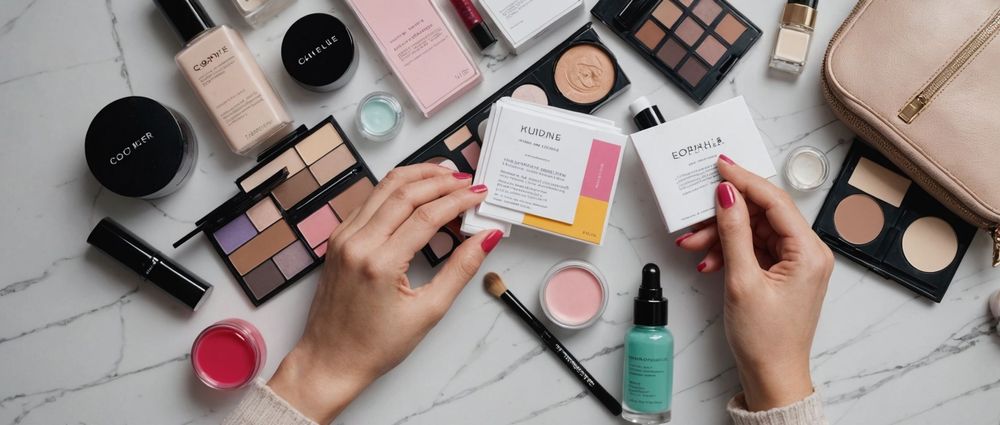If you have oily skin, you probably know the struggle of keeping your complexion shine-free throughout the day. The excess oil can lead to various skin concerns, including acne, enlarged pores, and a general lackluster appearance. In this article, we will explore five practical tips to help you control shine and maintain a fresh, matte look. From choosing the right skincare products to adopting proper routines, these strategies can make a significant impact on your oily skin concerns.
1. Choose the Right Cleanser

The first step to managing oily skin is selecting the right cleanser. A good facial cleanser can remove excess oil without stripping your skin of essential moisture. Opt for gel-based or foaming cleansers that deep clean the pores effectively. These types of cleansers help to clear away dirt and grime, preventing clogged pores that can lead to breakouts. Avoid harsh soaps that can irritate the skin, as they may trigger more oil production. Here are some key points to consider when choosing your cleanser:
- Look for “oil-free” or “non-comedogenic” labels.
- Choose products containing salicylic acid or benzoyl peroxide.
- Avoid traditional soaps that can be overly drying.
- Consider fragrance-free options to minimize irritation.
- Use a gentle cleanser twice daily for best results.
2. Exfoliate Regularly
Exfoliation is crucial for oily skin because it helps remove dead skin cells that can clog pores and contribute to shine. A proper exfoliation routine helps to promote cell turnover, leaving your skin smoother and less prone to acne. Aim to exfoliate 2-3 times a week with a gentle exfoliator. Chemical exfoliants, like alpha hydroxy acids (AHAs) or beta hydroxy acids (BHAs), can be particularly effective for oily skin types. Here’s how you can integrate exfoliation into your skincare routine:
- Choose an exfoliant that suits your skin type – AHAs for dry skin and BHAs for oily skin.
- Always patch-test the product first to avoid adverse reactions.
- Gently massage the product into your skin in circular motions.
- Follow up with a moisturizer to keep your skin hydrated.
- Use sunscreen during the day, as exfoliation can make your skin more sensitive to sunlight.
3. Select an Oil-Free Moisturizer
Contrary to common belief, oily skin still requires hydration. Skipping moisturizer can lead to increased sebum production as your skin compensates for the lack of moisture. Therefore, it’s essential to choose an oil-free moisturizer that hydrates without making your skin greasy. Gel-based moisturizers are often a great choice for oily skin, providing a lightweight feel. Here are some tips to keep in mind while selecting a moisturizer:
- Ensure it is labeled as “oil-free.
- Look for ingredients like hyaluronic acid and glycerin, which hydrate without adding oil.
- Avoid heavy creams that can clog pores.
- Read reviews to find a product that works well for your skin type.
- Consider using a mattifying moisturizer if shine is a constant concern.
4. Use Blotting Paper

Blotting papers can be a lifesaver for individuals with oily skin. These handy sheets absorb excess oil throughout the day, helping you maintain a matte look without disturbing your makeup. Keep some in your purse or backpack for quick touch-ups whenever you feel your skin getting shiny. To use blotting papers effectively, follow these steps:
- Gently press the blotting paper onto the oily areas without rubbing.
- Change to a clean side as needed to avoid spreading dirt.
- Reapply as needed; there’s no limit on how often you can use them.
- Use them before makeup application for a smoother finish.
- Dispose of the used paper immediately to avoid bacteria build-up.
5. Consider a Clay Mask
Clay masks are fantastic for oily skin as they effectively draw out impurities and absorb excess oil. Using a clay mask once a week can help keep your skin clean, balanced, and shine-free. Look for masks containing kaolin or bentonite clay, known for their oil-absorbing properties. Here’s a straightforward guide to using a clay mask:
- Apply the mask to clean, dry skin.
- Leave it on for the recommended time indicated on the package.
- Rinse thoroughly with warm water.
- Follow up with your usual moisturizing routine to keep your skin hydrated.
- Be consistent; regular use can lead to better results over time.
Conclusion
Managing oily skin can be challenging, but with the right strategies, you can achieve a shine-free complexion. By choosing appropriate cleansers, exfoliating regularly, using the right moisturizer, incorporating blotting papers, and treating yourself to a clay mask, you’ll find it easier to control excessive oiliness. Consistency in a tailored skincare routine is key to long-term results, so invest time in understanding what works for your skin type. Remember, healthy skin not only looks good but also enhances your confidence!
FAQs
1. How often should I wash my face if I have oily skin?
It’s recommended to wash your face twice a day with a suitable cleanser to keep excess oil at bay.
2. Can oily skin be caused by diet?
Yes, diet can affect your skin. Foods high in sugar and fat may exacerbate oil production.
3. Is it okay to use makeup on oily skin?
Absolutely! Just be sure to choose oil-free, non-comedogenic products to avoid clogging your pores.
4. What season is best for oily skin care?
While care is necessary year-round, summer may require more attention due to increased sweat and humidity affecting oil production.
5. How do I know if my skin is oily or combination?
If your forehead, nose, and chin (T-zone) are oily while your cheeks are dry, you likely have combination skin.



